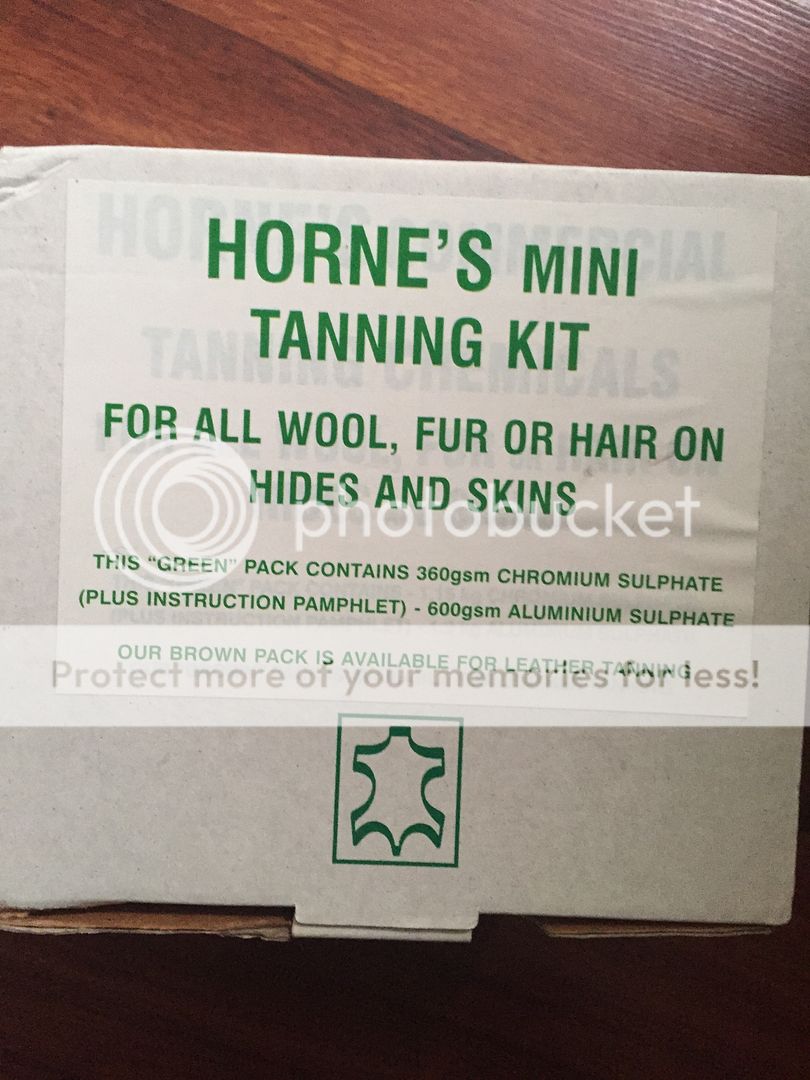elof_alv
Gold Member
- Joined
- Mar 13, 2009
- Messages
- 3,827
Hi all.
I guess someone here will be able to help me out.
I have been asked to make a sheath with a hair on inlay. I wasn't able to find this particular hide tanned in Australia, so I have sourced the hide and got a tanning kit for hair on DIY tanning.
Unfortunately it is a chrome tanning kit (again supply of a lot of things is quite limited in Australia) and I just want to find out if there is a way to make sure that it will work for a knife sheath without damaging the knife.
Or, should I just get some brains from a butcher and try that direction?
Thanks for all the info.
I guess someone here will be able to help me out.
I have been asked to make a sheath with a hair on inlay. I wasn't able to find this particular hide tanned in Australia, so I have sourced the hide and got a tanning kit for hair on DIY tanning.
Unfortunately it is a chrome tanning kit (again supply of a lot of things is quite limited in Australia) and I just want to find out if there is a way to make sure that it will work for a knife sheath without damaging the knife.
Or, should I just get some brains from a butcher and try that direction?
Thanks for all the info.


